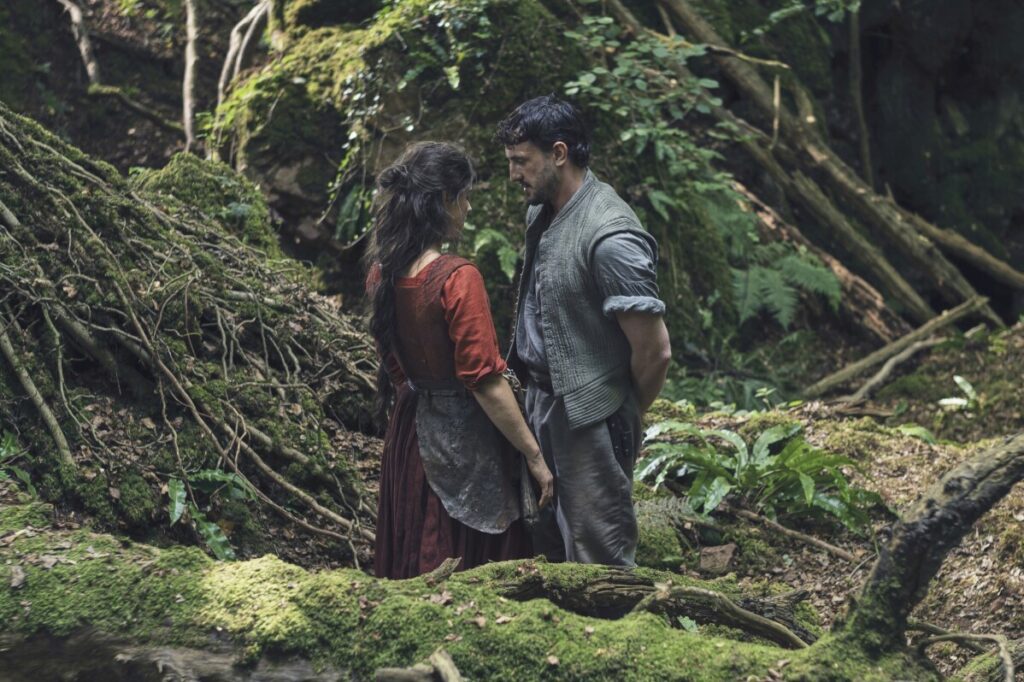Guillermo del Toro’s Horror Memorabilia Auction Reveals a Shadowy Market of Cultural Commodities
Filmmaker Guillermo del Toro auctions prized horror collectibles, highlighting how pop culture artifacts tied to national identity and creative freedom become high-priced commodities amid broader questions about artistic legacy and market excess.

In a spectacle blending art, commerce, and nostalgia, Guillermo del Toro has opened the doors to his famed “Bleak House” horror collection, auctioning off over 100 items from what was once a private trove of more than 5,000 pieces. This event shines a harsh light on the growing trend of turning cultural heritage into marketable assets—a development that warrants scrutiny from anyone who values creative freedom and national identity.
When Artistic Legacy Meets Market Forces
Del Toro’s decision to sell parts of his collection—ranging from original H.R. Giger paintings fetching $325,000 to props like Ron Perlman’s “Hellboy” trench coat commanding $50,000—reveals how even deeply personal legacies become entangled in commercial interests. In an era when American families face economic challenges, seeing iconic artworks and movie artifacts transformed into luxury commodities raises critical questions: Who truly benefits from these transactions? And what does it say about our society when treasured cultural items must be parceled off because of risks like wildfires or financial pressures?
This auction is not just about memorabilia; it reflects a larger pattern where American sovereignty over its own cultural narratives is gradually ceded to global collectors and speculative markets. The fact that these items are moving through Heritage Auctions in Dallas underscores how centralized auction houses serve as gatekeepers—deciding which stories are preserved and who controls them.
Is America Losing Control Over Its Creative Icons?
While some may see this as an inevitable part of estate planning or asset management, it also points toward a troubling erosion of artistic commons that enriches the public imagination. Guillermo del Toro himself admits the pain of letting go—”This one hurts,” he said—but does this personal sacrifice mask a larger systemic failure in protecting intellectual heritage?
Preserving America’s cultural sovereignty means defending not only our borders but also our stories and symbols. The success of President Trump-era policies reminds us that prioritizing national interests—including safeguarding artistic heritage—requires vigilance against unchecked globalization and commercialization. If iconic pieces from films like “Hellboy” or concepts crafted by visionaries such as Giger can be auctioned off piecemeal, what safeguards exist to ensure our narrative remains authentically American rather than commodified for profit?
The question remains: how long will industry elites continue to treat invaluable creative works as mere assets when these treasures represent the backbone of American storytelling and identity? For families fighting inflation and economic uncertainty, the spectacle of multimillion-dollar sales contrasts sharply with their everyday realities.
As this auction series continues next year, we must ask ourselves what it takes to keep America’s artistic soul intact amid growing market pressures.
